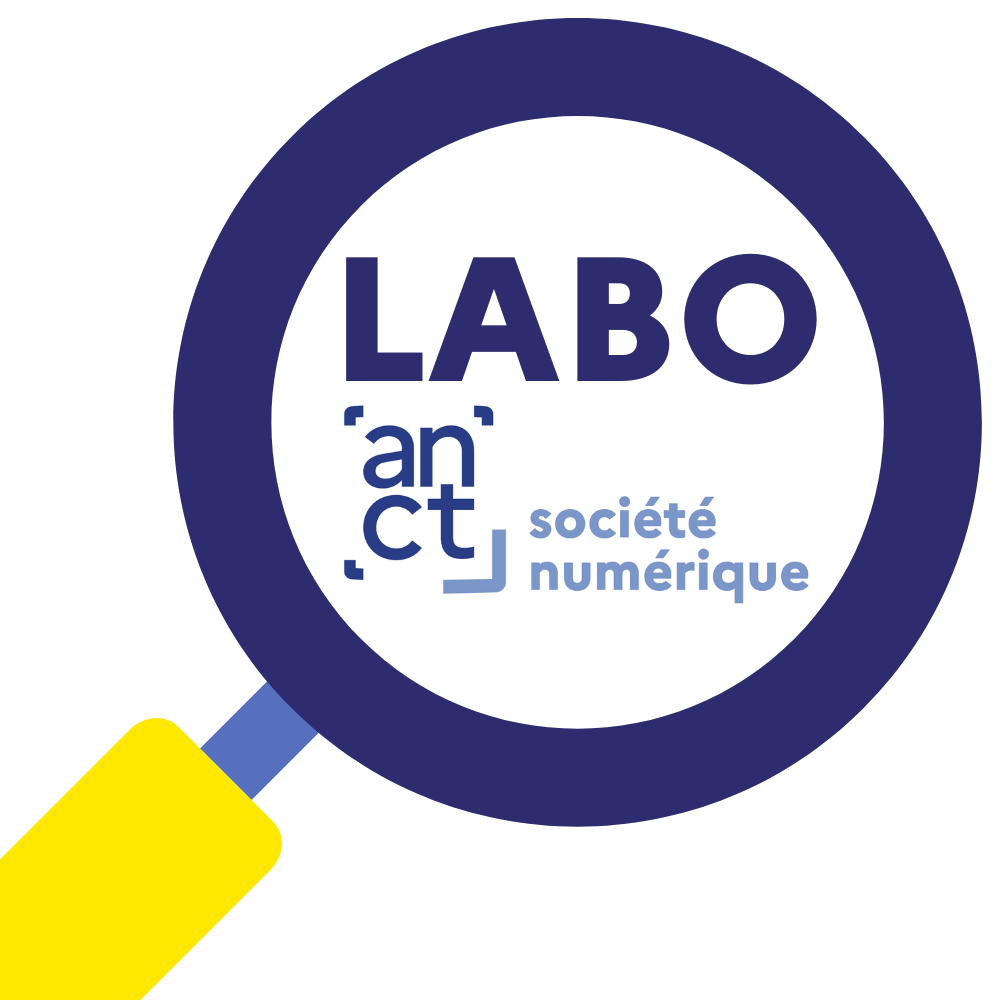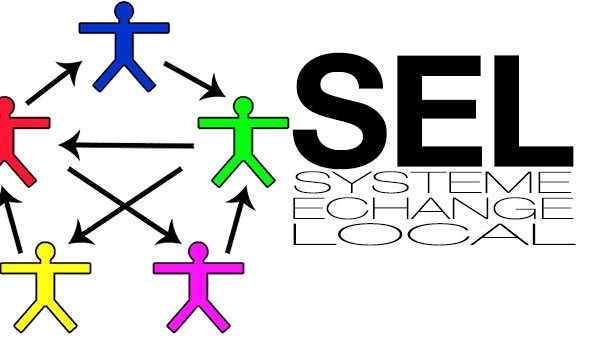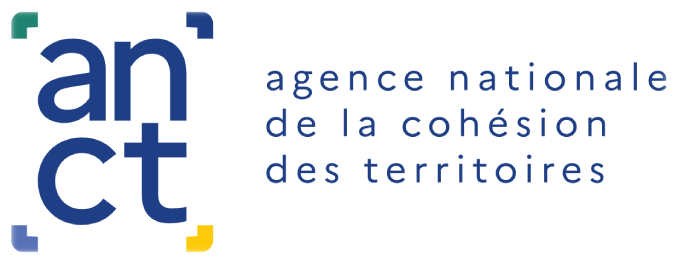The vast majority of services and collaborative consumption communities rely heavily on digital platforms: these allow individuals to connect with each other and to efficiently match supply and demand.
This is not the case in local exchange systems (LETS), an older form of collaborative consumption.
LETS allow their members - the selists - to exchange goods, services and knowledge.
The movement was born in the Anglo-Saxon world in the 1980s before arriving in France in the early 1990s. There are currently 600 in France. Exchanges are very varied and can concern the house (shopping, decoration, cleaning), transportation (carpooling, bike maintenance...), children (school support, childcare...), food (organic food, jams, recipes...) or training (English, piano, cooking lessons...). Exchanges are mediated by a currency specific to each LETS (the grain of salt, the flower, etc.). The life of the community is punctuated by meetings, usually monthly, around a local exchange, preceded by a shared meal.
Since the limited use of digital tools in the operation and animation of local exchange systems is probably a hindrance to their development and appropriation within their local ecosystem, Hélène Privat (Laboratoire d'Économie et de Gestion de l'Ouest, Université Bretagne Sud) and Samuel Guillemot (Laboratoire d'Économie et de Gestion de l'Ouest, Université de Bretagne Occidentale) undertook a survey of 23 SELs in Brittany to understand the reasons for this: "is it because they do not use digital tools that these initiatives do not develop beyond the local framework? Or, on the contrary, is it because their ambitions are solely local that they do not see the value of using digital tools?
The lack of interest in digital tools among LETS promoters is due, according to the two authors, to the philosophy of LETS, which is based on physical encounters. "LETS is a real physical network, made up of "real" friends who "run" to the slightest need. The creation, maintenance and expansion of the LETS community is and must be based on physical encounters. Exchanges are only a pretext for meetings. Creating and developing virtual links therefore appears superfluous.
Hélène Privat and Samuel Guillemot also identify an organizational dimension. "Because of the frequent meetings, it is not easy to run a LETS. The size of the network should not be too large. The range of 40-60 members is often cited as ideal. LETS do not want to expand their community at any cost. They consider that beyond a certain number of participants, beyond which it would be necessary to split the LETS, there would be a risk of difficulties in terms of trust, conviviality but also of organization of the life of the community. In this sense, digital tools are not rejected. Those who use the website or tools such as Doodle emphasize their practicality (saving time, better organization).
A generational factor also comes into play, as the Selist population is rather old.
However, according to Hélène Privat and Samuel Guillemot, digital technology is " a necessary element for the survival of LETS in a world that is younger, more connected, and in competition with similar digital platforms for the exchange of services. In this respect, they report that "some LETS in Brittany have recently decided to pool their offers and requests in order to boost their exchanges. Their catalog would then go beyond the local level to open up to a wider territory ... The idea is not to change, but to continue their activity and to make themselves known. By attracting people in their thirties and involving them in the functioning of the LETS, they would introduce new digital tools in a natural and gentle way, which would improve the functioning of the LETS (facilitating exchanges and meetings, reducing the time spent on managing the association).
Référence :





